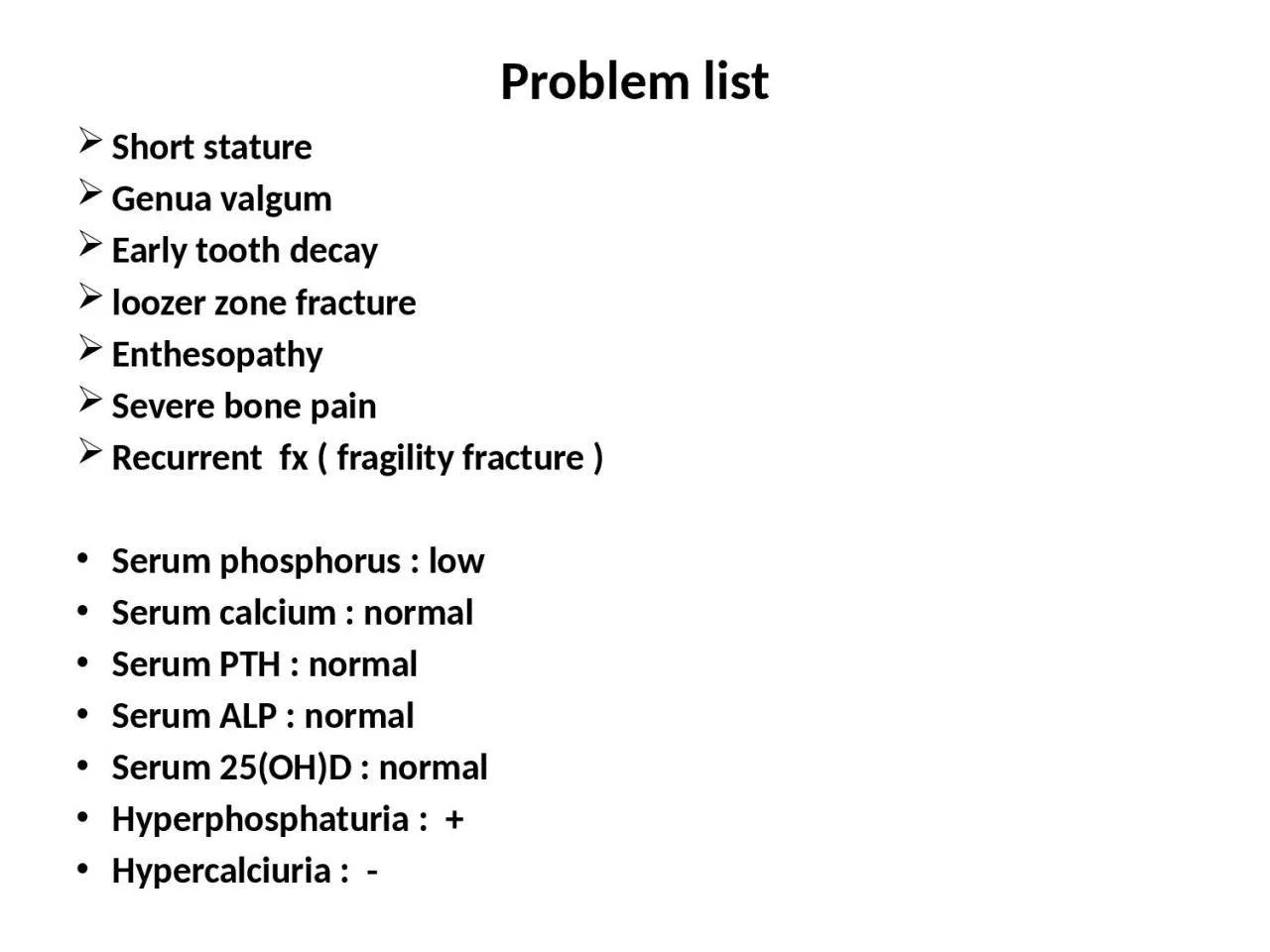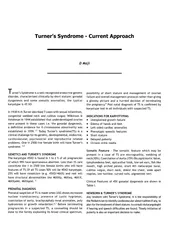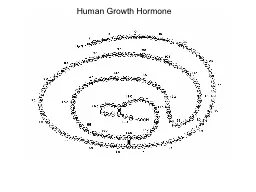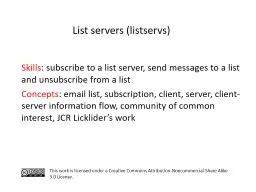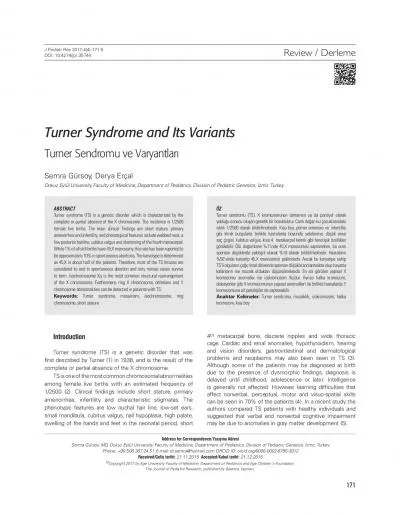PPT-Problem list Short stature
Author : PlayfulPenguin | Published Date : 2022-08-03
Genua valgum Early tooth decay loozer zone fracture Enthesopathy Severe bone pain R ecurrent fx fragility fracture Serum phosphorus low Serum calcium
Presentation Embed Code
Download Presentation
Download Presentation The PPT/PDF document "Problem list Short stature" is the property of its rightful owner. Permission is granted to download and print the materials on this website for personal, non-commercial use only, and to display it on your personal computer provided you do not modify the materials and that you retain all copyright notices contained in the materials. By downloading content from our website, you accept the terms of this agreement.
Problem list Short stature: Transcript
Download Rules Of Document
"Problem list Short stature"The content belongs to its owner. You may download and print it for personal use, without modification, and keep all copyright notices. By downloading, you agree to these terms.
Related Documents

